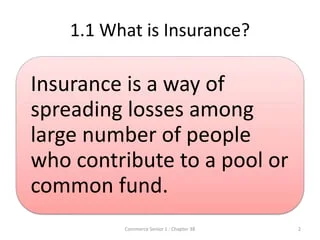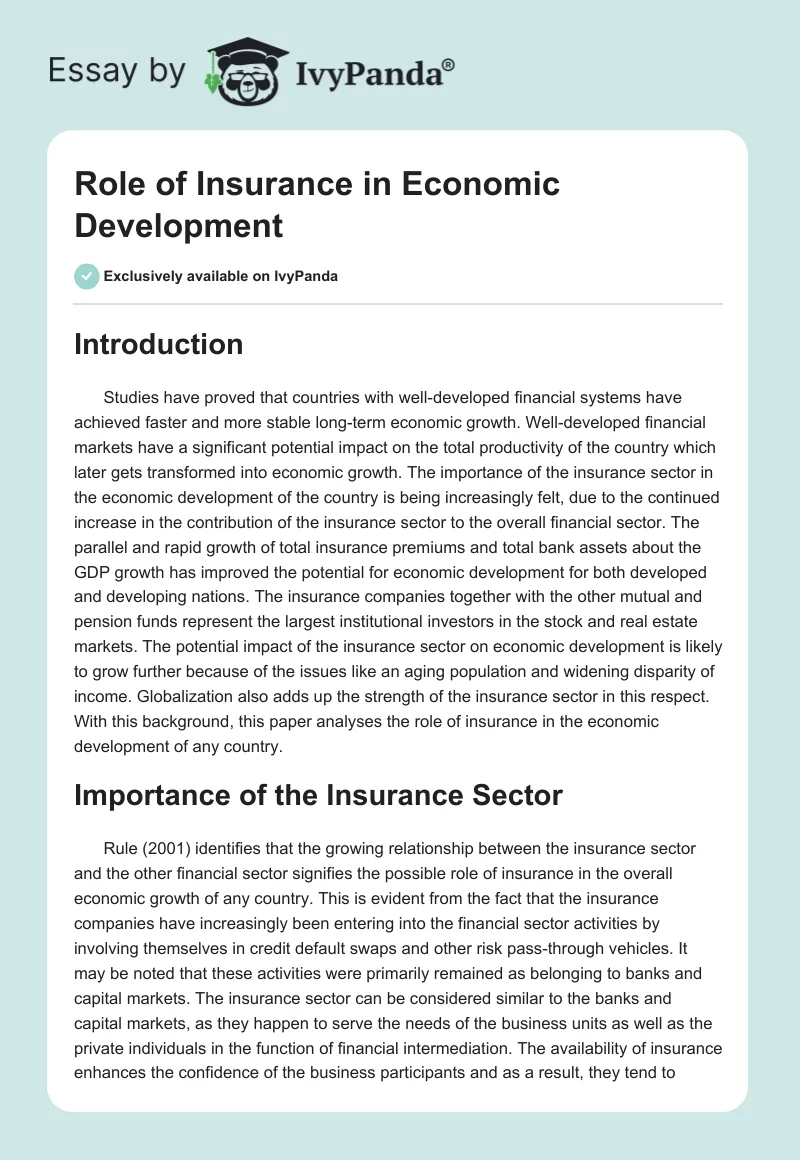Pacific Prime - The Facts
Pacific Prime - The Facts
Blog Article
The Only Guide for Pacific Prime
Table of ContentsNot known Facts About Pacific PrimeNot known Factual Statements About Pacific Prime The Best Strategy To Use For Pacific Prime4 Easy Facts About Pacific Prime Explained
In the majority of states, the insurance company is called for to send you a copy of the changes to your policy. It is important that you check out Endorsements or Riders so you understand exactly how your policy has changed and if the policy is still adequate to fulfill your needs. To obtain a duplicate of your insurance coverage plan, please contact your insurance coverage representative or business.
The Institute of Medicine (IOM) Board on the Consequences of Uninsurance launches a prolonged assessment of evidence that addresses the relevance of medical insurance protection with the publication of this report. Coverage Matters is the first in a collection of six reports that will be issued over the next 2 years recording the truth and effects of having actually an estimated 40 million people in the USA without medical insurance protection.

Pacific Prime Can Be Fun For Anyone
The goal of this series of researches is to redouble plan attention on a longstanding issue. Adhering to the lengthiest economic development in American history, in 1999, an estimated one out of every 6 Americans32 million adults under the age of 65 and even more than 10 million childrenremains without insurance (Mills, 2000).

10 percent of the populace accounts for 70 percent of health care expenditures, a connection that has actually remained consistent over the previous three decades (Berk and Monheit, 2001) - international travel insurance. Hence health insurance coverage remains to offer the feature of spreading risk even as it progressively funds routine care. From the perspective of healthcare providers, insurance lugged by their clients assists protect a profits stream, and communities gain from financially viable and steady wellness care professionals and organizations
Federal government gives wellness insurance coverage to populations whom the private market may not offer properly, such as impaired and seniors, and populations whose access to healthcare is socially valued, such as youngsters and expectant ladies. The utmost ends of medical insurance protection for the specific and communities, including office areas of workers and employers, are improved health end results and high quality of life.
Get This Report on Pacific Prime
Workers rank wellness insurance coverage initially without a doubt in significance amongst all the benefits used in the workplace (Salisbury, 2001). Although there have actually been sizable financial investments of personal and public funds to give health and wellness insurance, several people still have no protection. Regardless of comprehensive coverage of survey searchings for and healthcare study results, the public stays overwhelmed and misinformed about Americans without health and wellness insurance policy and the implications of lacking coverage.

Without concern, the complexity of American healthcare funding devices and the wide range of sources of info contribute to the general public's confusion and apprehension about health and wellness insurance policy statistics and their analysis. This record and those that will certainly adhere to purpose to distill and offer in conveniently reasonable terms the comprehensive research study that bears upon concerns of health and wellness insurance coverage and its value.
Fifty-seven percent of Americans questioned in 1999 thought that those without medical insurance are "able to get the care they require from doctors and healthcare facilities" (Blendon et al., 1999, p. 207). In 1993, when national interest was concentrated on the issues of the uninsured and on pending healthcare legislation, simply 43 percent of those polled held this belief (Blendon et al., 1999).

They additionally get fewer preventive services and are much less most likely to have routine care for persistent problems such as hypertension and diabetes. Persistent diseases can lead to pricey and disabling difficulties if they are not well handled (Lurie et al., 1984; Lurie et al., 1986; Ayanian et al., 2000). One national study asked even more than 3,400 adults concerning 15 extremely major or morbid problems.
Some Ideas on Pacific Prime You Should Know
Additional evidence is provided later on in this chapter in the conversation of insurance policy and access to healthcare. https://filesharingtalk.com/members/594499-pacificpr1me. Individuals without medical insurance are young and healthy and pick to do without insurance coverage. Nearly half (43 percent) of those surveyed in 2000 thought that individuals without health and wellness insurance are most likely to have health issue than people with insurance policy
Voters and policy manufacturers in focus group conversations define those without insurance coverage as youths who have the possibility to be covered and feel they do not need it (Doorperson Novelli, 2001). Compared to those with at the very least some private insurance coverage, the uninsured are much less most likely to report Check This Out being in superb or extremely good wellness (Agency for Health Care Research and Quality, 2001).
RESOURCE: Facility for Price and Financing Researches, Agency for Health Care Research and High quality, based upon MEPS data. Young adults in between 19 and 34 are much more most likely to do not have wellness insurance than any type of other age team. This is primarily due to the fact that they are much less usually eligible for employment-based insurance because of the nature of their task or their brief tenure in it.
The perception that people without insurance have better-than-average health and wellness adheres to from perplexing the reasonably young age account of the uninsured with the better health, generally, of younger persons. This obscures the web link between health and wellness condition and medical insurance. For those without accessibility to office medical insurance, poor wellness is a possible obstacle to purchasing nongroup protection due to the fact that such protection may be highly valued, leave out pre-existing problems, or be just not available.
Report this page